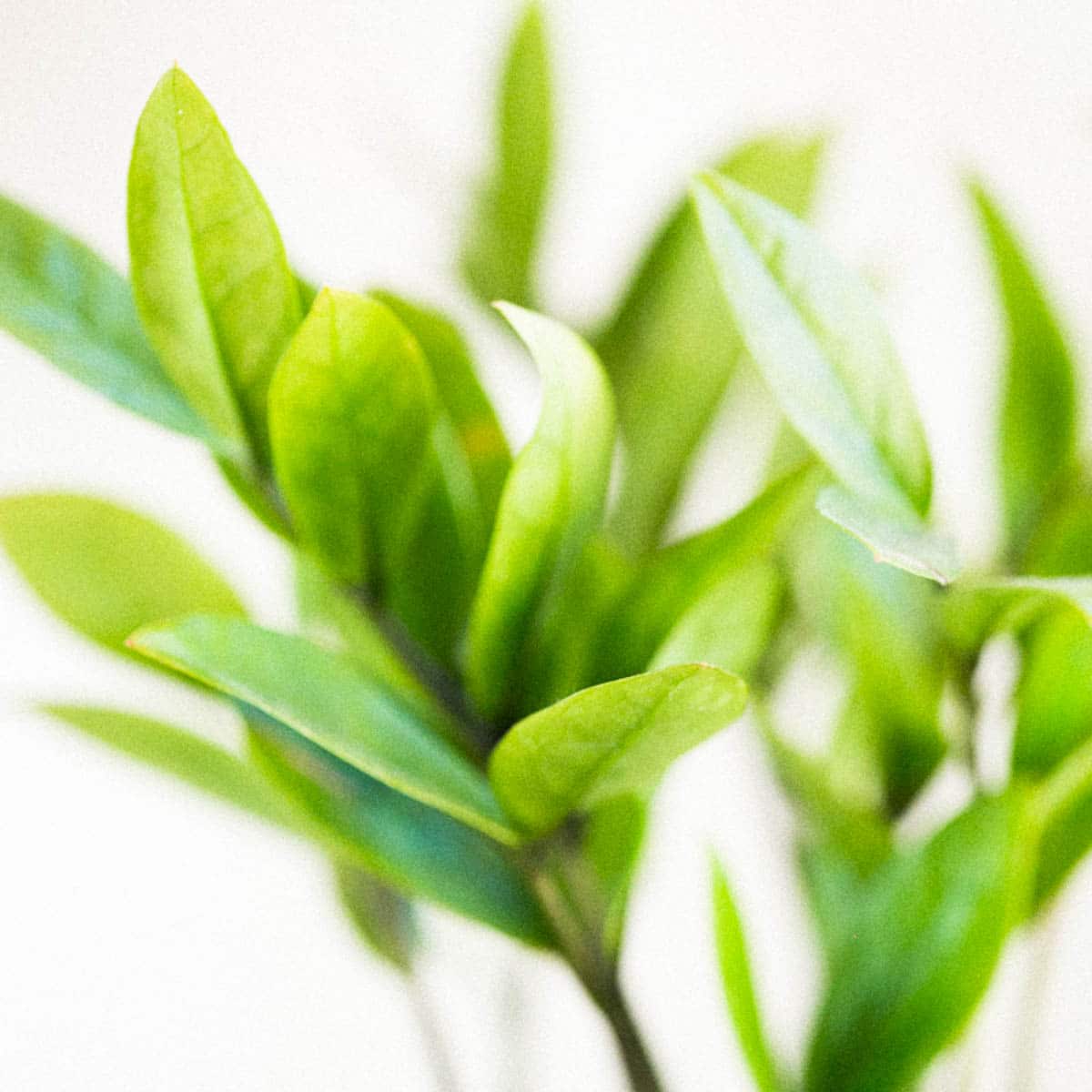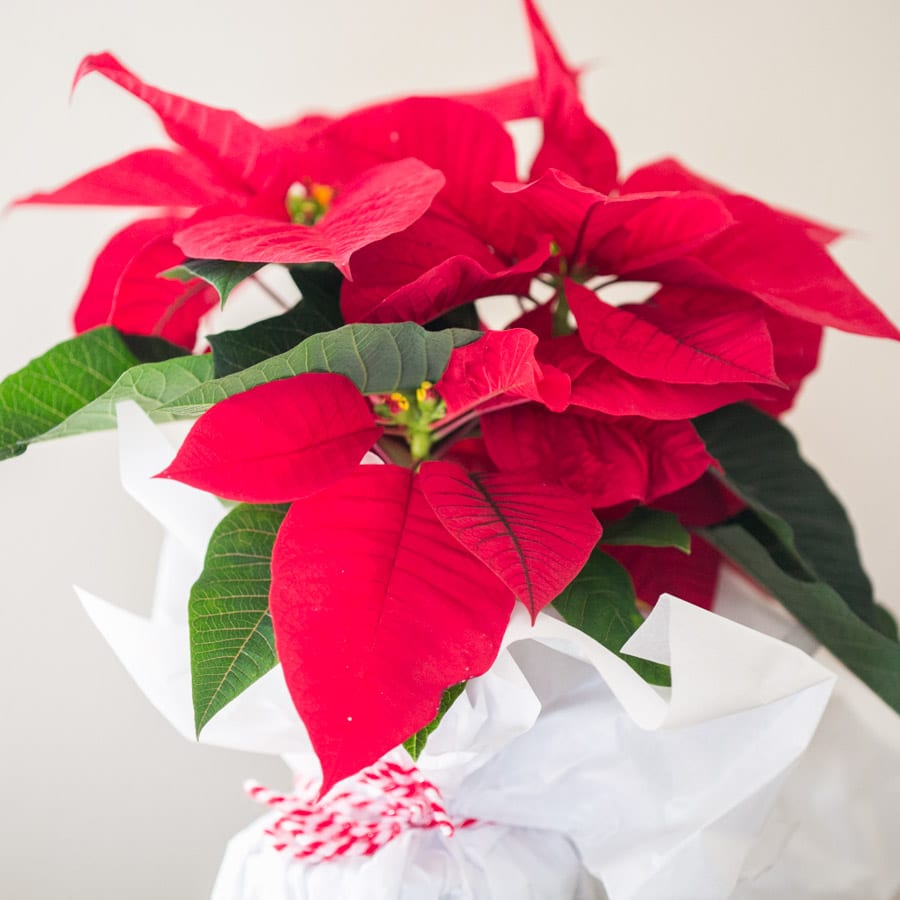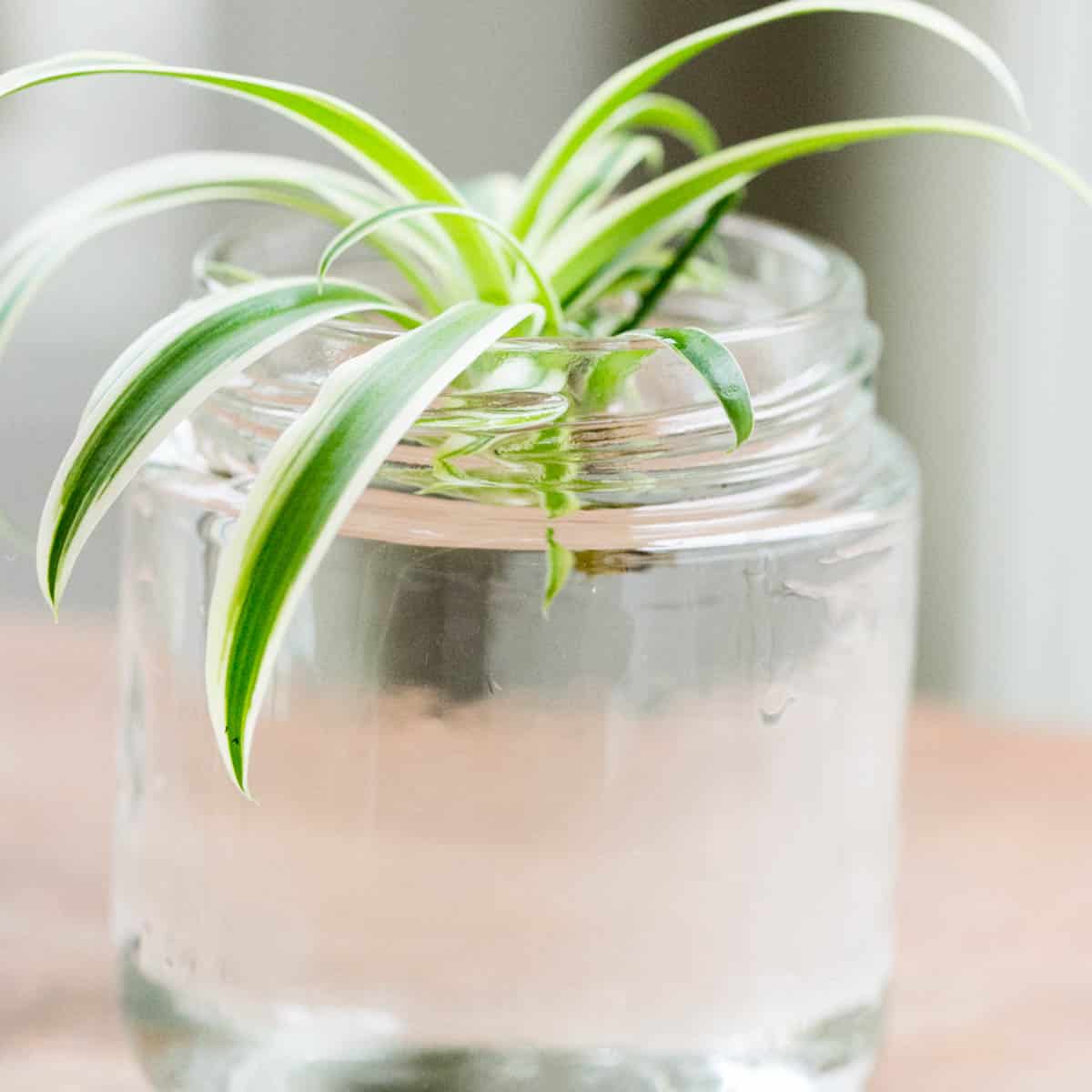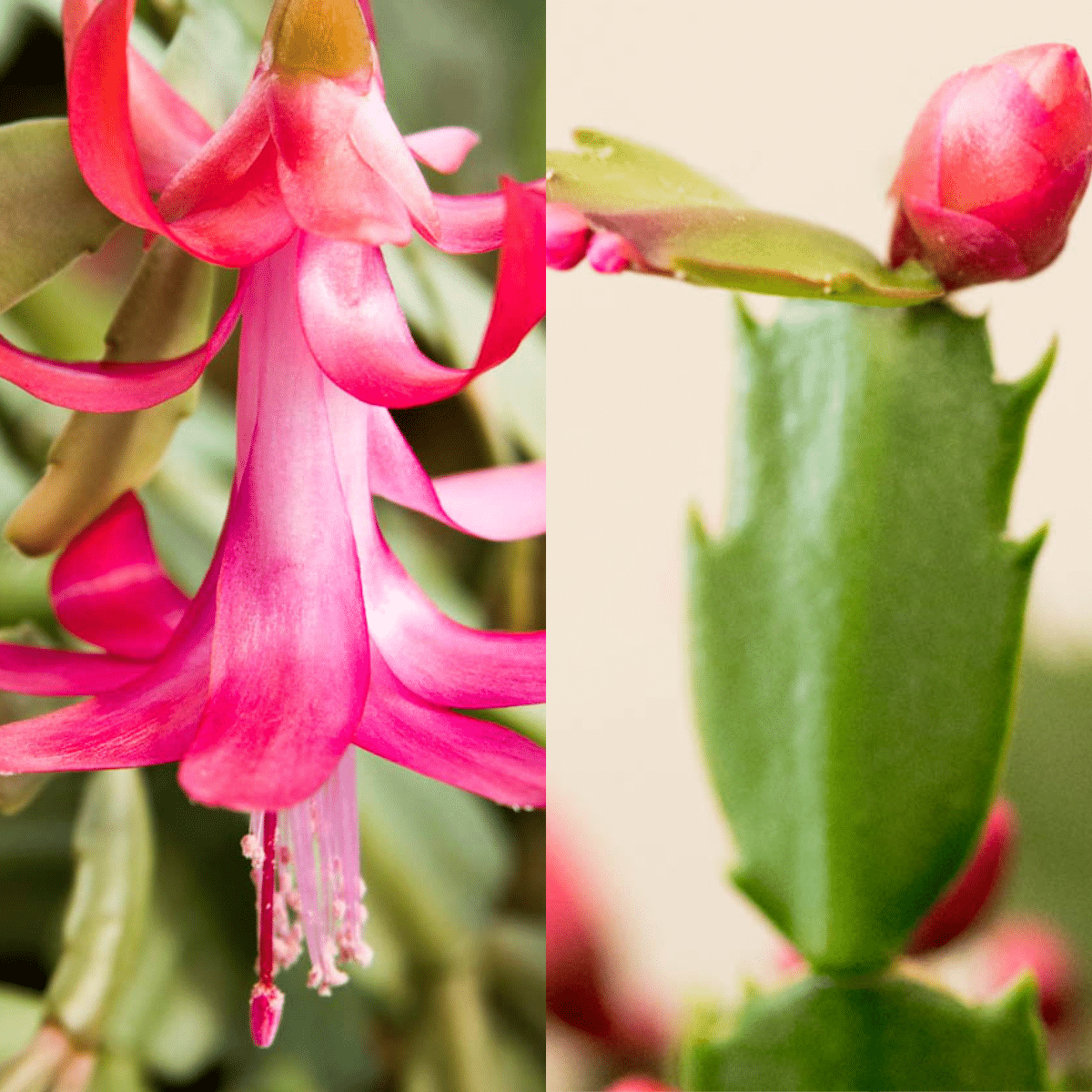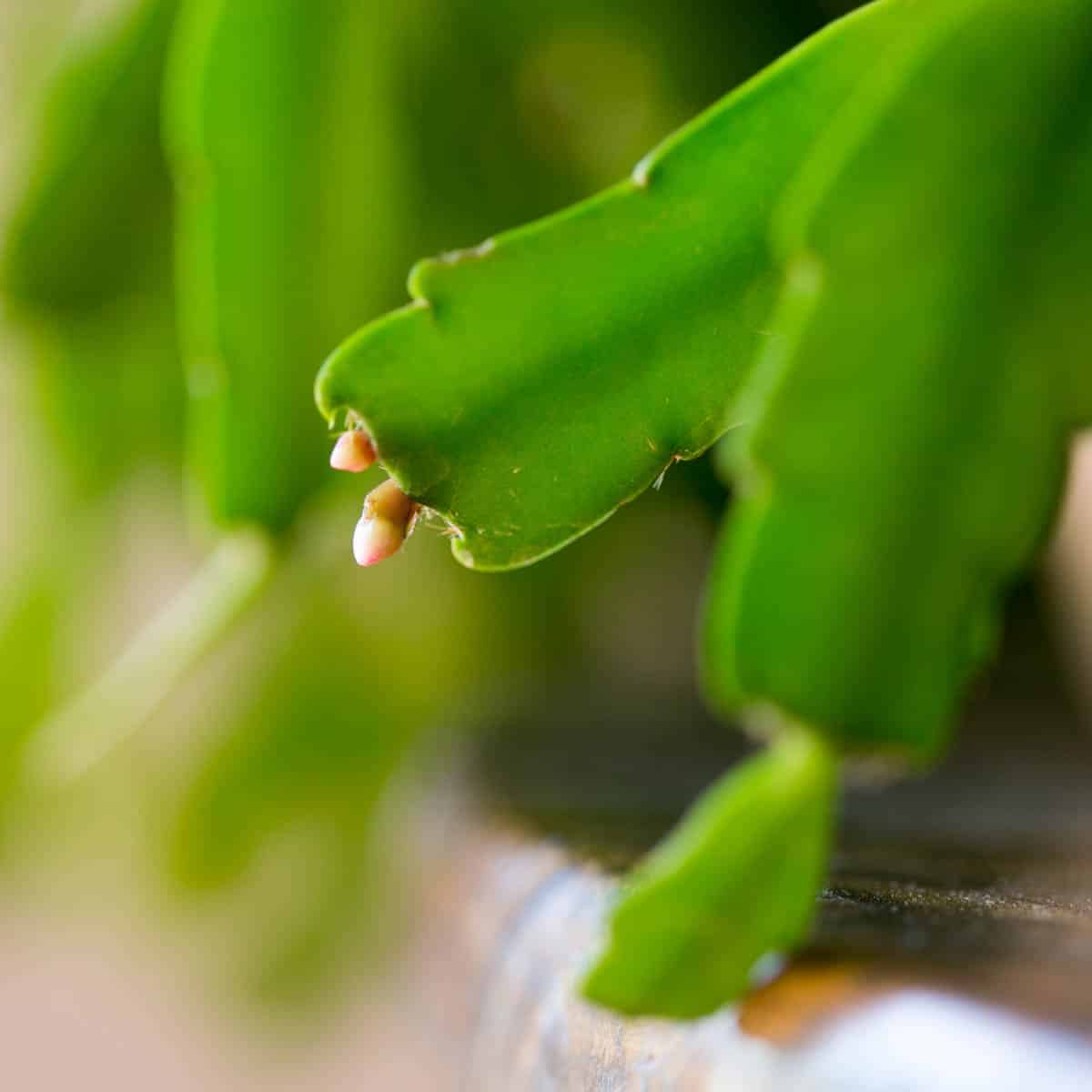The Best Soil For Pothos Plants
Learn all about the best soil for pothos plants here!
Pothos feature vibrant cascading leaves that are eye catching and soothing. With their gorgeous colors and trailing habit we consider them one of the most aesthetic indoor plants.
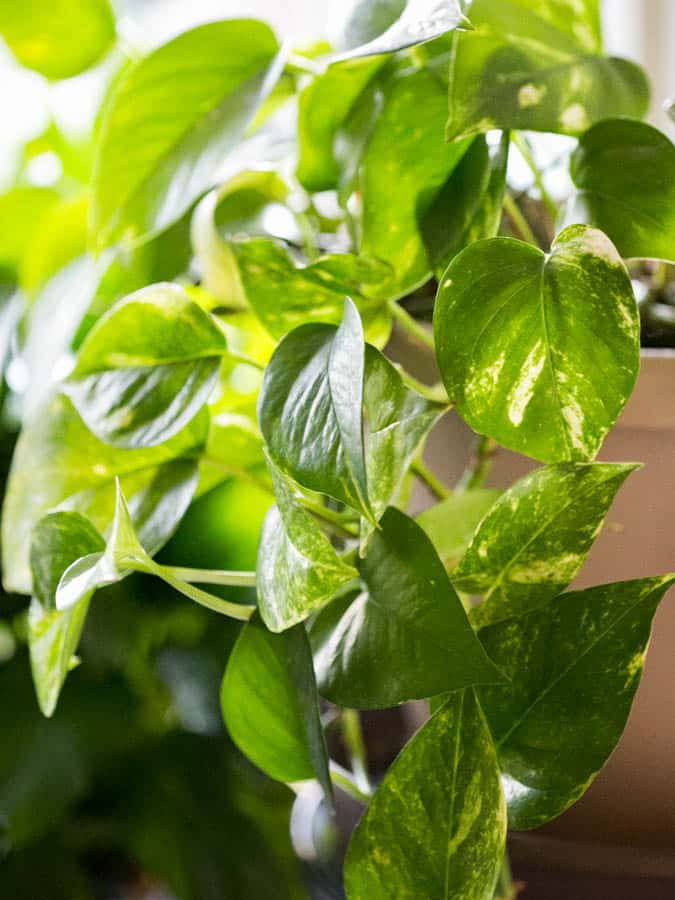
These houseplants are very easy to care for, but they do have a few specific needs- including the right soil.
In their native environment they root in rich soil, and when grown indoors they need a similar soil in which to thrive.
The perfect soil for these indoor plants is slightly acidic and should include excellent drainage, enough essential nutrients, and retain adequate moisture.
From pH to drainage, we’re sharing all the details on the perfect potting soil for this vibrant vine.
About
Due to their low maintenance care requirements and beautiful foliage, pothos are one of the easiest and most popular plants to grow.
Sometimes called Devil’s Ivy, these popular plants have lush heart shaped leaves, and their trailing vines work well in hanging baskets.
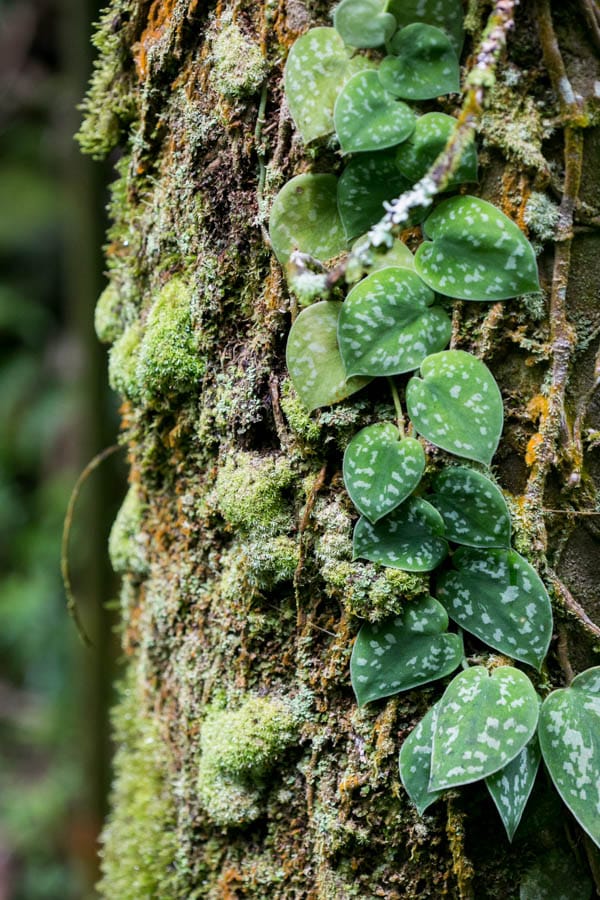
They are very hardy and can tolerate low light and a little neglect. But despite this hardiness, they do need a certain level of care to reach their full potential and thrive.
Scientifically known as Epipremnum aureum, pothos are naturally found in tropical forests where they grow as climbing vines.
The soil in these areas is rich in organic matter and well-draining, offering the nutrients these vines need to survive.

There are over a dozen different varieties of pothos including golden pothos, neon pothos, and manjula pothos. Each variety has its own charm, but all share the same basic care requirements.
Did you know? Pothos make an excellent plant hanging plant for the bathroom.
Soil
Soil for these tropical plants needs to be have great drainage, be slightly acidic and nutrient dense.
If you find your pothos looking droopy, limp, or discolored, you may need to check your soil quality and/or pot size.

Without the right soil and care, pothos can experience root rot, stunted growth, yellow leaves, and leaf drop.
By understanding their basic needs, we can create an environment for these plants to thrive indoors.
We are breaking down pothos soil into four sections: drainage, nutrient content, moisture retention, and container size and style.
Drainage
Pothos should have excellent soil drainage to prevent water logging which can lead to rot.
A soil mix that includes ingredients like perlite, vermiculite, or coarse sand can boost drainage. These materials create air pockets in the soil, allowing excess water to drain.
You can create your own potting mix with a mixture of equal parts potting soil, perlite, and peat moss, or buy pre-mixed soil with similar ingredients.

Nutrient Content
Pothos need a nutrient-rich soil to support their growth and development. The best potting soil includes organic matter such as compost or very well rotted manure.
Compost will help increase the essential nutrients in the soil. We also suggested using a fertilizer specifically created for house plants that feature nitrogen, phosphorus, potassium, and other elements such as calcium, magnesium, and iron.
pH
Pothos crave a slightly acidic soil, around 6.1-6.8. Most houseplant soils do fall around this range, so soil acidity is typically not a problem.
That being said, stunted growth, burnt leaf tips and withered, twisted leaves are signs that the pH may be off. You can check the pH level with a soil meter.
Moisture Retention
While excellent drainage is necessary, it’s also important to make sure that the soil retains enough moisture for the pothos plant to be fully hydrated.
A soil mix that keeps moisture in without becoming waterlogged is best. Add materials like sphagnum moss or coco coir to your own soil for this needed drainage.
These materials have great water-holding abilities, allowing the roots to access moisture as needed.
By maintaining proper moisture levels, the pothos plant can avoid dehydration and have healthy growth.

Best Containers For Pothos
Additionally, the size and type of pot you use is very important. Pothos need a pot with good drainage, so it must have drainage holes in the bottom of it for the water to escape.
Size is also important: if the pot is too large, the soil may not drain well. If it’s too small, the plant may become root-bound and its growth can be stunted.
When To Re-pot
It’s generally a good idea to re-pot pothos when the plant becomes root bound, which means the roots have filled up the pot and have no more room to grow.
You can tell if the plant is root bound by looking to see if you have roots growing out of the bottom of the pot, or if the plant starts to wilt quickly after watering.
This usually happens every 2-3 years.
When you do re-pot, choose a container that is only one to two sizes larger than the current one. Fill it with a well draining, nutrient rich potting mix, and water it immediately after repotting.
Problems With Soil
Most problems with pothos occur because of poor soil conditions and too much moisture. This is especially true when there is poor drainage and too much soil moisture. Here are a few common problems and how to address them:
- Fungas gnats: Over-watering can cause soggy soil conditions that attract fungus gnats. A good pothos soil mix will work to deter pests. You can treat fungus gnats effectively with these sticky traps.
- Root rot: Poor drainage and soggy soil cause rot. This is where the roots actually begin to rot and decay, eventually leading to death. Be preventative in giving your plant great soil and good drainage to prevent this problem.
Follow our guidelines above to improve the soil of your own pothos, giving it the nutrients and disease protection it deserves.
General Care For Pothos
In addition to great soil, make sure to give your plant lots of excellent care by meeting their specific requirements:
Fertilizer
Liquid fertilizer is preferred for houseplants because they are easy to measure and apply. They also provide nutrients to the plant more quickly than granular fertilizers.
Just make sure to follow the instructions carefully on the package for dilutions rates to avoid over-fertilizing.
Watering
A general rule of thumb is to water your pothos when the top inch of soil feels dry to the touch. The frequency will vary depending on the size of the plant, the type of potting mix, the location of the plant, and the time of year.
In the winter when the plant is not actively growing, you may need to water less frequently. Do not over water your plant or you’ll end up with root rot, which can kill the plant.
Get our guide to the best water for houseplants here.

Light
While pothos can tolerate a range of lighting conditions they do best in bright indirect light. They can also tolerate low light conditions.
Dim lighting may slow their growth and their coloring may fade. In lower light the plant can become leggy as the stems stretch to reach for the light.
On the other hand, leaves that are faded and scorched may be getting too much direct sunlight.
Adjust the plant’s location as needed to make sure it is getting the right amount of light. While indirect window light is the best light source, pothos can also thrive in artificial lighting.
Humidity
Pothos love high humidity and need to be in a location with 50-70% humidity. This is why they thrive in bathrooms, because steam and moisture from the shower increase the moisture level in the air.
Humidity levels are dependent upon your geographical location and the air in your home. If you have dry air, increase the humidity levels by adding moisture.
You can do this by running a humidifier, setting a dish of water near your plants, or placing your plant in a high humidity area, like a kitchen or bathroom.
Make sure to carefully monitor the location of the plant to avoid setting them in cold, drafty areas.
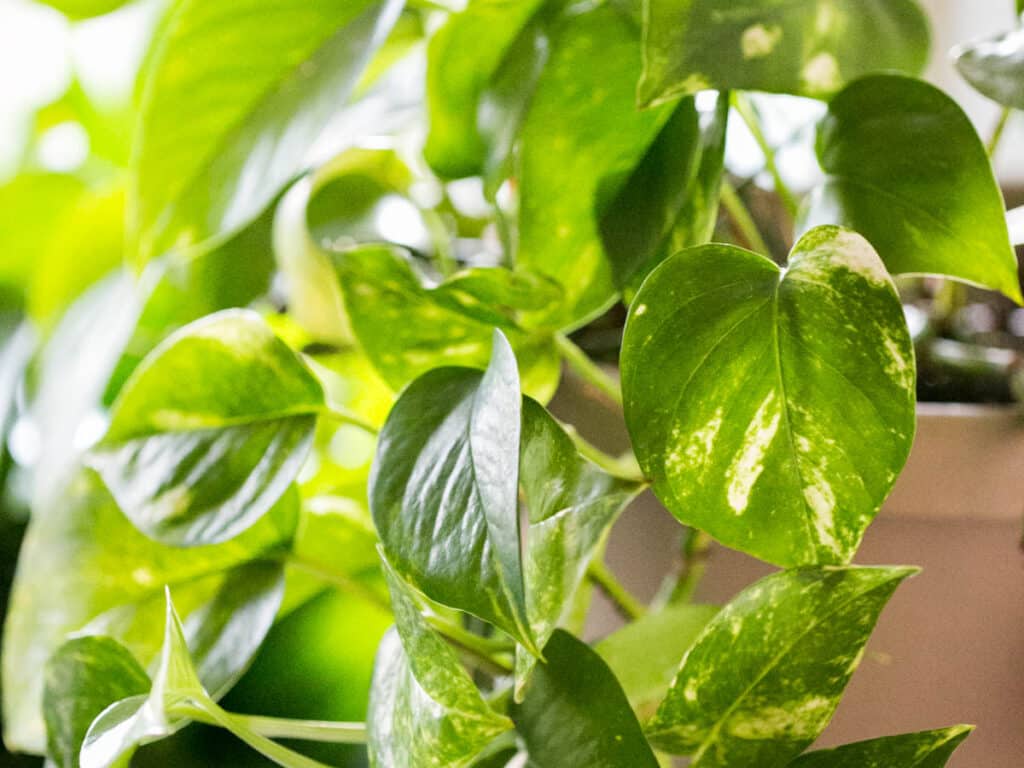
Faq’s
Yes, pothos plants need excellent drainage in order to prevent disease like rot from occurring. Add drainage to your soil with perlite, vermiculite, or coarse sand.
Yes, a regular potting soil specific for these plants can be used, but it should be amended to add drainage. Fertilize about once a month.
Final Thoughts
With their gorgeous cascading green leaves and easy care growth habits, pothos vine are the perfect indoor houseplant.
Coming from a tropical climate, they reside under a canopy of other trees. The acidic soil in their native environment is full of beneficial nutrients.
For best results, give pothos a nutrient dense, slightly acidic soil mix with good drainage.
In addition to great soil, make sure these tropical plants receive the right kind of light, proper drainage, and good air circulation.

